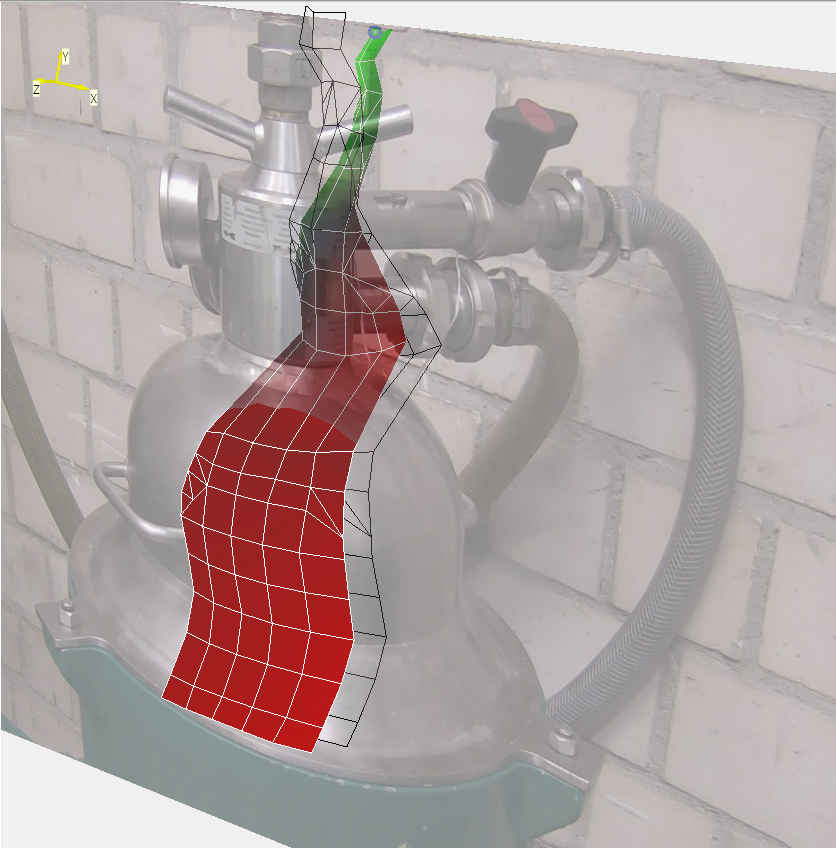Solid-liquid and liquid-liquid separation in disk stack centrifuges (InZent)
Disk stack centrifuges are used in many branches of industry for the separation of solid-liquid or liquid-liquid systems. The determination of current product- and process parameters and the current state of the centrifuge requires a great deal of effort and cost or cannot be measured in the rotating system. For this reason, the centrifuges often do not run in the optimum operating state and therefore have increased consumption of energy and resources. Measurements of vibration patterns at different locations of the disk stack centrifuge are much easier and less expensive to perform. This project deals with the investigation of vibration patterns and their dependence on relevant product- and process parameters during the separation process. The aim is to correlate the measured vibration patterns to the status of the centrifuge and to develop a strategy for adapting the control system.
Three approaches are being taken in the project:
- Experimental investigations of the vibration patterns
- Numerical simulation of the vibrations under the influence of the flow force
- Data-based machine learning model for the correlation of the experimental and numerical measurements and simulations with the process parameters
Experimental Investigations
Experiments are conducted on both a conventional industrial disk stack centrifuge and a specially designed laboratory centrifuge with a similar bowl size. A laser vibrometer and several 3D accelerometers record the oscillation during the separation process. A transparent bowl top of the laboratory centrifuge allows an optical observation of the separation process. The deposition state is visualized by a high-speed camera. The measured vibration patterns and the visualized deposition state can be correlated.
Numerical Simulations
The results of the experiments will be used to validate a simulation model based on computational fluid dynamics (CFD) and fluid structure interaction (FSI). The simulation of the fluid domain is done with OpenFoam and the finite volume technique (FVM) for the fluid domain. The FSI is coupled with the fluid solver and consists of a finite element model (FEM) of the important parts interacting with the fluid and a multi body simulation (MBS) to calculate the dynamics of the machine. This computer model will be used to do a wide range of parameter variations on the fluid quantities and particle system.
Machine Learning Model
Machine learning classification and regression methods that enable detecting correlations between vibration features and the corresponding process states are selected. The experimentally and numerically generated data is used to train, validate, and test different machine learning models that will be evaluated based on their computational speed and their ability to predict data accurately. Furthermore, the information gathered from the high-speed cameras and expert assessments is used for a further evaluation and selection of the models.
Project Goal
The combination of the three approaches from experimental, numerical, and data-based investigations should lead to the development of an intelligent centrifuge. The self-learning control strategy leads to an operation with increased energy efficiency and reduced resource consumption by controlling process parameters in real time.


